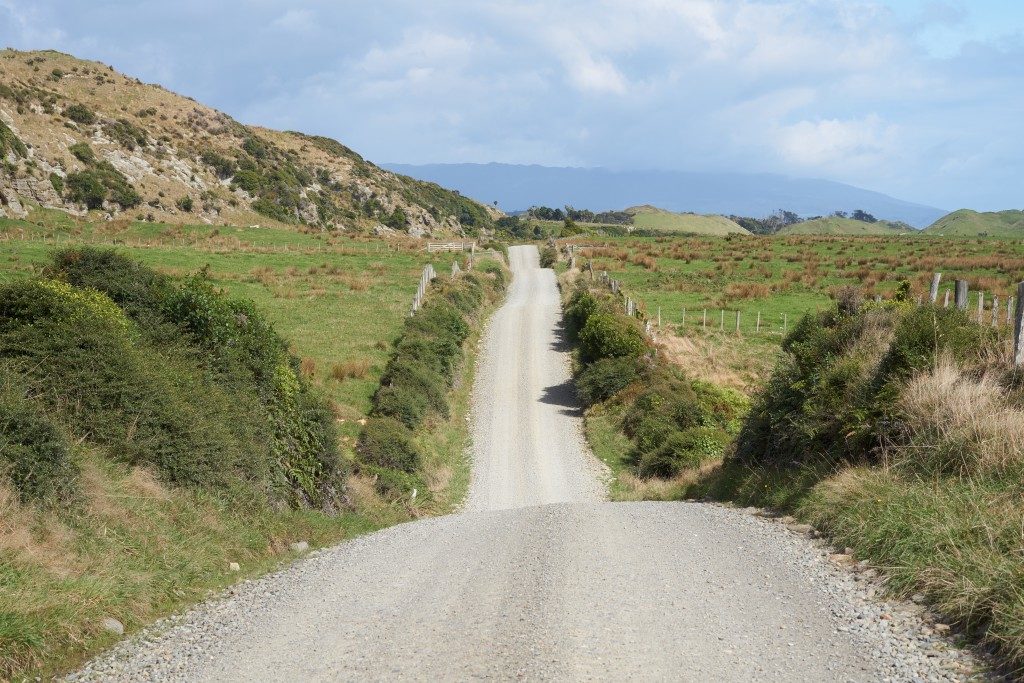National Highway Traffic Safety Administration (NHTSA) reports that traffic accidents cost America nearly $900 billion per year. The number of car crashes resulting from the use of mobile devices is estimated at 1.6 million. A staggering 2.35 million people get injured every year.
Attorneys specializing in car crashes will not run out of business. King County, which just northeast of Kent, recorded 235.6 collisions for every 100 million car miles logged.
Irresponsible driving, including speeding and DUI, are still the main reasons for road accidents. But some 42,000 people die per year due to accidents caused by problems on the road itself, like potholes and highways covered in ice.
Your company is a new player in the public works sector, specializing in structural design and inspection, guard rails and road repairs. Your company’s work has been in the private sector. You’ve been tasked to expand the company’s portfolio and engage the public sector by bidding on government road infrastructure contracts. How do you do it?
Infrastructure Spending
2017 data indicates that the total length of roads in America is around 4.18 million miles. The US government’s infrastructure expenditure for 2017 amounted to $441 billion. Of this amount, the federal and local governments spent $177 billion on highways. That’s a pretty significant amount.
These figures translate to billions of dollars worth of contracts for the purchase of products and services. In Washington state, back in 2016, the budget for local roads and state highways was $9.7 billion, including the significant projects like the SR-520.
As a new player, you can take advantage of the nearly $100 billion contracts awarded to small businesses.
Getting Ready
The first thing that you need to do is to research the industry. Find out who the big players and the small players are.
As you do this, you try to look for a fit. You won’t land a contract all by yourself. Look for companies where you can be a sub-contractor or with whom you can form what is called a joint venture (JV).
Build your contact list of consultants and experts in the industry. There would be situations wherein you would need to call on the services of professionals outside of your team. The first step is all about gaining knowledge or information.
Tracking Business Opportunities

Once you’re done researching all the necessary information to become a vendor for the government, you can now begin tracking business opportunities or bizopps.
Tracking bizopps takes a lot of time and patience. And many companies have staff, if not an entire department, dedicated to monitoring the publication of what is called procurement notices or tenders from the US government.
Where is this published? All government contracts are announced on the Federal Business Opportunities (FBO) website. You need to register your company on this page. Clicking on the “Opportunities” will list down all available procurements for bidding.
As discussed previously, you may not necessarily qualify for many of the contracts. In tracking, therefore, you need to concentrate on opportunities where you can be a sub-contractor.
You should also register at the System for Award Management (SAM), the primary database of company vendors bidding on government projects.
Network
Get on the radar! Attend special events where you can give your business card and mingle with people from government agencies and other vendor companies. Casual conversations during cocktail drinks may result in a business lead.
It will take some time before you hit a solid one. But once you establish a track record, tracking and bidding for contracts will be a breeze.



